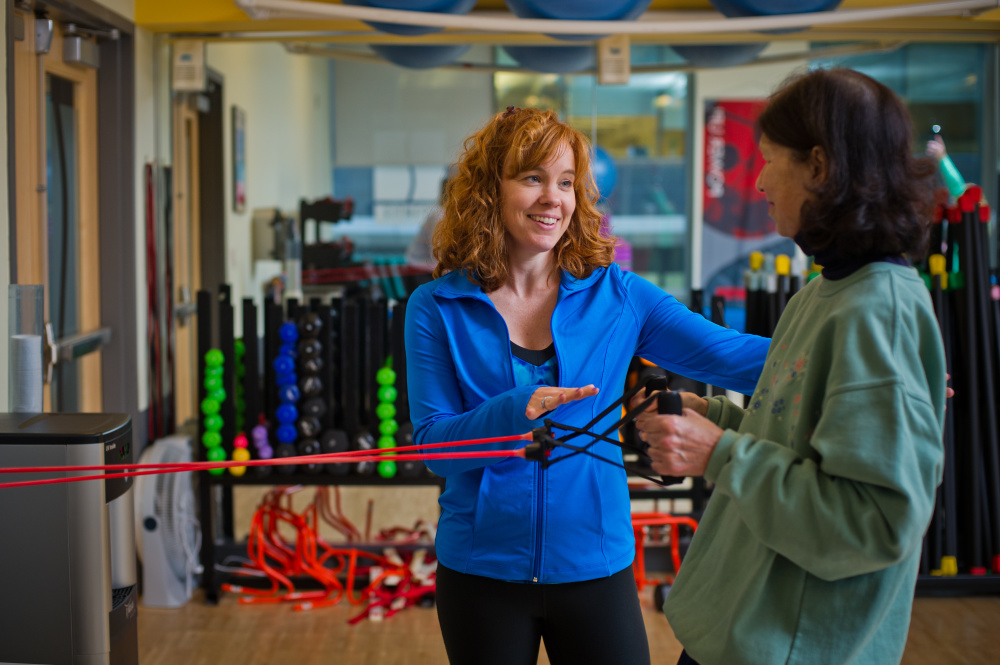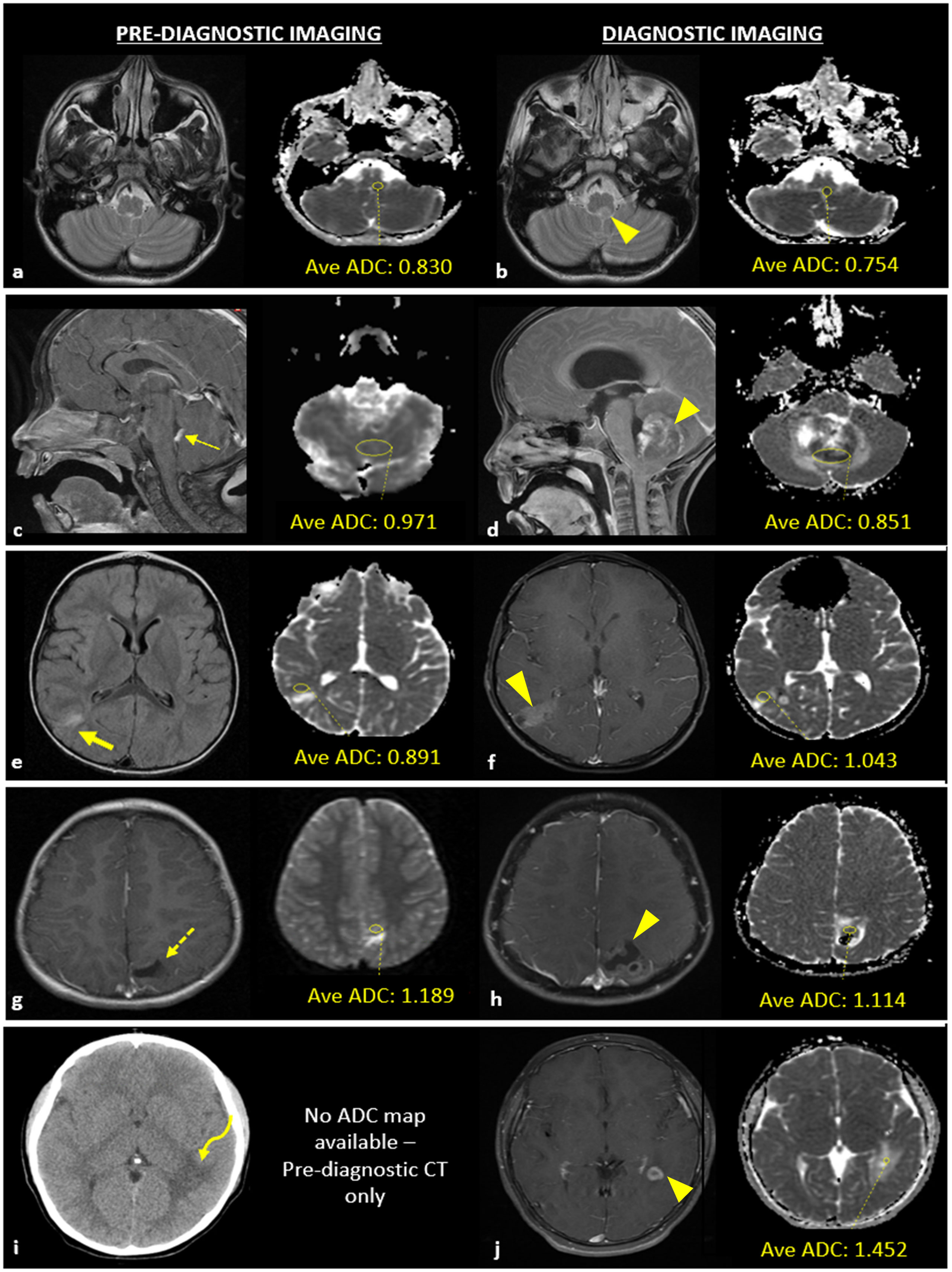
Exercise colon cancer survivors benefit immensely from maintaining regular physical activity after treatment, as numerous studies indicate that post-treatment exercise can significantly improve their quality of life and longevity. Engaging in physical activity has a measurable impact on survival rates in colon cancer patients, helping shrink the disparities between them and the general population. Research from the Dana-Farber Cancer Institute shows that exercise not only enhances the wellbeing of these individuals but also potentially elevates their survival rates when compared to their less active counterparts. The incorporation of regular exercise into recovery plans is particularly vital now, as cancer-related mortality remains a pressing health concern. Hence, harnessing the exercise benefits for cancer patients could pave the way for a healthier post-recovery journey and improved outcomes for colon cancer survivors.
For individuals overcoming colon cancer, integrating consistent physical movement into their recovery routine can be transformative. This practice is often referred to as post-treatment exercise and is crucial for enhancing overall health after battling the disease. Many studies have established a connection between increased physical activity and improved health metrics, underscoring the positive influence of exercise on survival rates, particularly in colon cancer survivors. Additionally, ongoing colon cancer research is shedding light on how tailored exercise programs can directly benefit patients, fostering resilience and potentially mitigating recurrence risks. Therefore, embracing physical activity not only enriches the lives of those recovering from colon cancer but also serves as a vital strategy in their long-term health and wellness.
The Importance of Physical Activity for Colon Cancer Survivors
After undergoing treatment for colon cancer, particularly stage 3, engaging in regular physical activity emerges as a critical component for improving long-term health outcomes. Recent studies, including research from the Dana-Farber Cancer Institute, indicate that post-treatment exercise can significantly bridge the survival gap between colon cancer patients and the general population. Not only do these findings emphasize the role of exercise in enhancing physical fitness, but they also underline its potential benefits in boosting overall survival rates for those who have battled colon cancer.
Exercise functions as a therapeutic modality, effectively countering some of the detrimental effects of cancer treatment. For instance, patients who adopt a high level of physical activity—defined as 18 or more metabolic-equivalent hours (MET-hours) per week—tend to experience survival rates markedly closer to those of healthy individuals. Conversely, individuals maintaining low activity levels, ingesting fewer than three MET-hours per week, have demonstrated survival rates that are substantially reduced. This correlation highlights how exercise can play a vital role in diminishing the adverse survival outcomes linked to colon cancer.
Post-Treatment Exercise: A Key Factor in Survival Rates
The relationship between post-treatment exercise and survival rates in colon cancer survivors is increasingly being recognized by both researchers and healthcare providers. Evidence suggests that those who maintain regular physical activity after treatment experience improved overall survival rates. Among various studies, those who engaged in higher levels of exercise exhibited a mere 3.5 percent gap in survival rates compared to the age and sex-matched general population, reinforcing the significance of post-treatment exercise in enhancing the longevity of colon cancer survivors.
Moreover, for patients whose cancer recurred, engaging in physical activity has proven to reduce the survival disparity between cancer survivors and the general population. Specifically, those with low activity levels faced overall survival rates 50.5 percent lower than their matched counterparts. This alarming statistic elevates the urgency for healthcare practitioners to advocate for post-treatment exercise as an integral aspect of patient recovery plans, stressing the importance of addressing physical activity to enhance the quality of life and longevity for colon cancer survivors.
Exercise Benefits for Cancer Patients: Beyond Longevity
Engaging in regular exercise post-treatment extends beyond just survival rates; it fosters significant psychological and physical benefits crucial for cancer patients. Exercise has been shown to improve quality of life, alleviate fatigue, reduce anxiety and depression, and enhance overall vigor. The dopamine surge experienced during physical activity can contribute to improved mood and mental well-being, which is particularly vital for patients recovering from the taxing effects of chemotherapy and surgery.
Additionally, regular exercise can help combat the side effects of treatment, such as weight gain and loss of muscle mass. For colon cancer survivors, maintaining an active lifestyle can facilitate weight management and optimize body composition, both of which are significant for fostering resilience against cancer recurrence. With the plethora of advantages tied to physical activity, instilling an exercise routine post-treatment becomes imperative for those recovering from colon cancer.
Understanding Colon Cancer Research and Its Implications
The evolution of colon cancer research has unveiled crucial insights into the disease and its treatment methodologies, indicating that integrating exercise into recovery protocols can enhance treatment outcomes. Clinical trials carried out by reputable institutions such as the Dana-Farber Cancer Institute have laid the groundwork for understanding the role of physical activity in the cancer recovery paradigm. The data accrued from thousands of cancer survivors elucidate how a structured exercise program can augment the survival outcome.
As research continues to illuminate the complexities of colon cancer, these findings draw attention to the need for a multi-faceted approach to care, encompassing not only medical interventions but also lifestyle modifications. By advancing knowledge around the benefits of post-treatment exercise, researchers provide essential evidence that allows healthcare professionals to tailor more effective care strategies, ultimately enabling colon cancer patients to reclaim their lives after treatment.
Incorporating Exercise into Daily Life as a Cancer Survivor
Transitioning back to normalcy after treatment can be a challenging journey for colon cancer survivors, but incorporating exercise into their routine can facilitate an easier adaptation. While it may not initially seem feasible for patients whose energy levels have plummeted due to treatment, gradually integrating physical activity is critical for establishing a sustainable pattern. Starting with manageable sessions, even as short as 10 to 20 minutes, can yield significant long-term health benefits. As individuals gain strength and confidence, it becomes easier to progressively enhance the duration and intensity of their workouts.
Moreover, survivors can explore various modes of exercise based on personal preference, ranging from walking, cycling, swimming, to yoga. Group activities often foster social connections, providing emotional support essential for psychological resilience. Therefore, creating a personalized and flexible exercise plan helps ensure compliance and sustainability while empowering colon cancer survivors to embrace their post-treatment lives more fully.
The Role of Healthcare Providers in Promoting Exercise
Healthcare providers play a pivotal role in promoting post-treatment exercise among colon cancer survivors. By actively encouraging physical activity as part of the recovery process, they can help patients understand the substantial impact of exercise on their long-term health outcomes and survivorship. The collaboration between oncologists, nutritionists, and physiotherapists facilitates an all-encompassing wellness approach that integrates exercise, dietary recommendations, and psychological support.
Additionally, urging survivors to participate in tailored exercise programs or physical rehabilitation can empower them on their health journey. With proper guidance, survivors can negotiate their limitations and gradually build up to recommended activity levels. This holistic, multidisciplinary approach ensures that every aspect of a patient’s recovery is addressed, leading to improved overall well-being and longevity.
Long-Term Monitoring and Support for Colon Cancer Survivors
Post-treatment assistance does not cease with the completion of medical care; ongoing support and monitoring are essential for managing the overall health of colon cancer survivors. Continuous follow-ups, including lifestyle assessments focusing on physical activity and diet, can help sustain the momentum needed for maintaining exercise regimens that contribute to better health outcomes. Research findings underline that survival improves with consistent follow-up, which can also validate patients’ efforts in maintaining their physical activity.
In addition to monitoring treatment effects, healthcare providers can celebrate milestones alongside their patients which bolsters motivation and commitment. Through such engagement, colon cancer survivors can remain connected to their health community, empowering them to continue pursuing an active lifestyle post-treatment. This ongoing support can create a robust framework for maintaining physical activity that contributes significantly to enhanced survival rates.
Addressing Barriers to Exercise Post-Colon Cancer Treatment
Despite the abundant evidence showcasing the benefits of exercise for colon cancer survivors, several barriers may impede their ability to maintain an active lifestyle post-treatment. Fatigue, fear of injury, uncertainty about safe exercise practices, and psychological factors such as anxiety can hinder participation in physical activities. Understanding these challenges is crucial for developing effective strategies to help survivors overcome obstacles to their exercise routines.
Tailored education programs that enlighten patients on safe and appropriate exercise practices can empower them, making them feel more confident about post-treatment physical activity. Additionally, support groups can address emotional hurdles by connecting survivors with peers who share similar experiences. Identifying and mitigating these barriers is fundamental in ensuring that colon cancer survivors can enjoy the full spectrum of benefits associated with regular physical activity.
The Future of Exercise and Cancer Care
The landscape of cancer care is gradually evolving as new evidence points to the importance of lifestyle factors, such as exercise, in recovery. Colon cancer research highlights a fascinating paradigm shift wherein exercise is seen not merely as an adjunct therapy but as a vital element in cancer treatment and recovery protocols. Future cancer care models are projected to integrate exercise systematically, paving the way for comprehensive patient-centered approaches that acknowledge the role of physical fitness in enhancing overall health.
As ongoing research continues to demonstrate the connection between exercise and improved survival rates, healthcare systems may prioritize physical activity in evidence-based practice guidelines for cancer survivors. Furthermore, initiatives promoting community-based exercise programs can foster social engagement and support, creating an environment where survivors can thrive. Through attention to this developing area, the health community can realize the transformative potential that rigorous integration of exercise holds for colon cancer survivors.
Frequently Asked Questions
How does exercise benefit colon cancer survivors post-treatment?
Exercise benefits colon cancer survivors post-treatment by improving survival rates and narrowing the gap in mortality rates between cancer patients and the general population. Regular physical activity enhances overall health, reduces the risk of recurrence, and has been shown to increase longevity after treatment for stage 3 colon cancer.
What types of physical activity are recommended for colon cancer survivors?
Colon cancer survivors are encouraged to engage in moderate to vigorous physical activity. This can include brisk walking, cycling, swimming, or aerobic classes, accumulating at least 18 MET-hours per week for optimal benefits. Even short sessions of 10 to 20 minutes of exercise can have positive effects on health and survival.
What is the impact of low physical activity levels on colon cancer survival rates?
Low physical activity levels among colon cancer survivors significantly affect survival rates. Patients with low activity levels had overall survival rates that were 50.5 percent lower compared to those with higher activity levels. This emphasizes the crucial role of exercise in improving outcomes for colon cancer patients.
Can exercise reduce the recurrence of colon cancer?
Yes, exercise can help reduce the recurrence of colon cancer. For patients who remain cancer-free three years post-treatment, those who engaged in regular physical activity showed better overall survival rates compared to their less active counterparts. Staying active is linked to lower recurrence rates and improved long-term health outcomes.
What should colon cancer survivors do if they can’t exercise for long durations?
Colon cancer survivors should not be discouraged if they cannot exercise for long durations. As stated by experts, some exercise is better than none; even short bouts of 10 to 20 minutes can contribute to health benefits. Gradually increasing physical activity is key to improving health and survival rates.
How does post-treatment exercise compare to general population activity levels in colon cancer survivors?
Post-treatment exercise in colon cancer survivors shows that those who maintain high activity levels have survival rates closer to those of the general population. Exercise reduces survival disparities, with active survivors experiencing better health outcomes and longer survival than their sedentary counterparts.
Is there ongoing colon cancer research related to exercise and survival rates?
Yes, ongoing colon cancer research continues to explore the relationship between exercise and survival rates. Studies like those conducted by the Dana-Farber Cancer Institute analyze data from clinical trials to understand how physical activity affects outcomes and promote guidelines for post-treatment exercise for colon cancer survivors.
| Key Point | Description |
|---|---|
| Impact of Exercise on Survival Rates | Regular physical activity after treatment for stage 3 colon cancer can significantly improve survival rates, aligning them more closely with that of the general population. |
| Comparative Analysis | Low activity levels were associated with a 50.5% decreased survival rate compared to the general population for patients whose cancer recurred. |
| Study Details | The study analyzed data from two National Cancer Institute trials, involving 2,875 stage 3 colon cancer patients. |
| MET-Hours Definition | Physical activity was measured in MET-hours, with high levels (18+ MET-hours/week) linked to improved survival. |
| Timeframe of Study | Median follow-up time for survival rates analysis was approximately 5.9 to 6 years across the trials. |
| Advice for Survivors | Meyerhardt suggests that even small amounts of exercise can be beneficial; starting with 10 to 20 minutes is encouraged. |
| Disparities in Survival | Active survivors had survival rates almost equivalent to the general population, reducing disparities significantly. |
Summary
Exercise colon cancer survivors can greatly enhance their chances of living longer and healthier lives. This study underscores the importance of physical activity post-treatment for stage 3 colon cancer, showing that even minimal engagement in exercise can bridge the survival gap between cancer patients and the general population. By maintaining or increasing their activity levels, colon cancer survivors have the opportunity to improve their overall survival rates—demonstrating that exercise is a key component in the journey to recovery.




